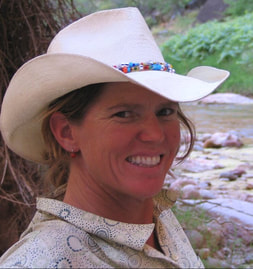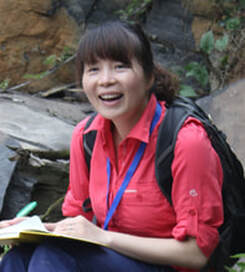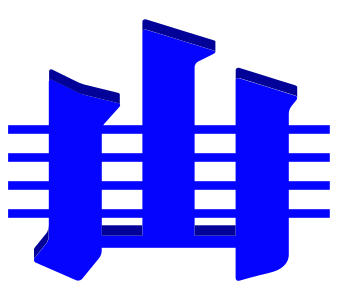The Subcommission is the primary body for facilitation of international communication and scientific cooperation in Cryogenian stratigraphy directed at better understanding Earth system evolution during the Cryogenian Period (c.720 – c.635 Ma). Its priority is the unambiguous definition, by means of global stratotype section and points (GSSP), of a hierarchy of chronostratigraphic units that provide the framework for correlation of Cryogenian strata.
The Subcommission is organized by an Executive consisting of Chair, Vice-Chair and Secretary, who are all Voting Members of the Subcommission. These officers were appointed by ICS in 2020. August, 2024, we are welcoming the 20 new Voting Members, making a total of 23 voting members. We give our warm thanks to the previous 18 voting members .
Officers

Chair: Maoyan Zhu
State Key of Palaeobiology and Stratigraphy & Center for Excellence in Life and Paleoenvironment
Nanjing Institute of Geology and Palaeontology
Chinese Academy of Sciences
39 East Beijing Road, Nanjing 210008, China
E-mail: myzhu@nigpas.ac.cn

Vice-Chair: Carol Dehler
Professor, Department of Geology
Utah State University
4505 Old Main Hill, Logan, Utah 84333
United States
E-mail: Carol.Dehler@usu.edu

Secretary: Ying Zhou
Institute of Geosciences
Johannes Gutenberg University Mainz
J.-J. -Becher-Weg 21, Mainz, Germany
E-mail: y.zhou@uni-mainz.de
Goal and tasks
The main goals of this Subcommission are:
- To establish for the first time a rock-based GSSP for the base of the Cryogenian that will also serve as the top of the underlying Tonian;
- To identify criteria useful in the subdivision and correlation of Cryogenian (and upper Tonian) strata;
- To define the basal boundaries of Cryogenian epochs (series) and ages (stages) through the establishment of GSSPs;
- To facilitate international collaboration in research on Cryogenian stratigraphy and Earth history through subcommission sponsored field trips, workshops, and meetings.
In addition, the Subcommission is committed to expanding communication to a wider public through grassroots initiatives to conserve important Neoproterozoic geological sites, to support International Geoscience Programme projects, and to encourage the wider dissemination of research findings on the internet, in popular science publications, and through public lectures.
